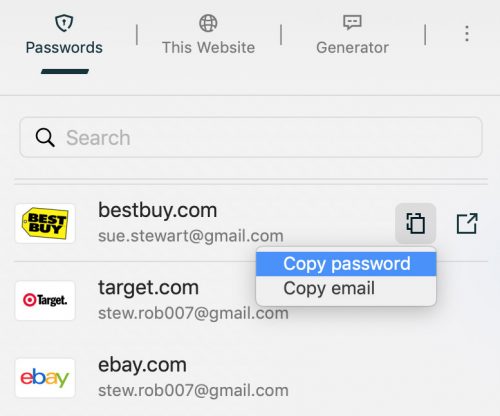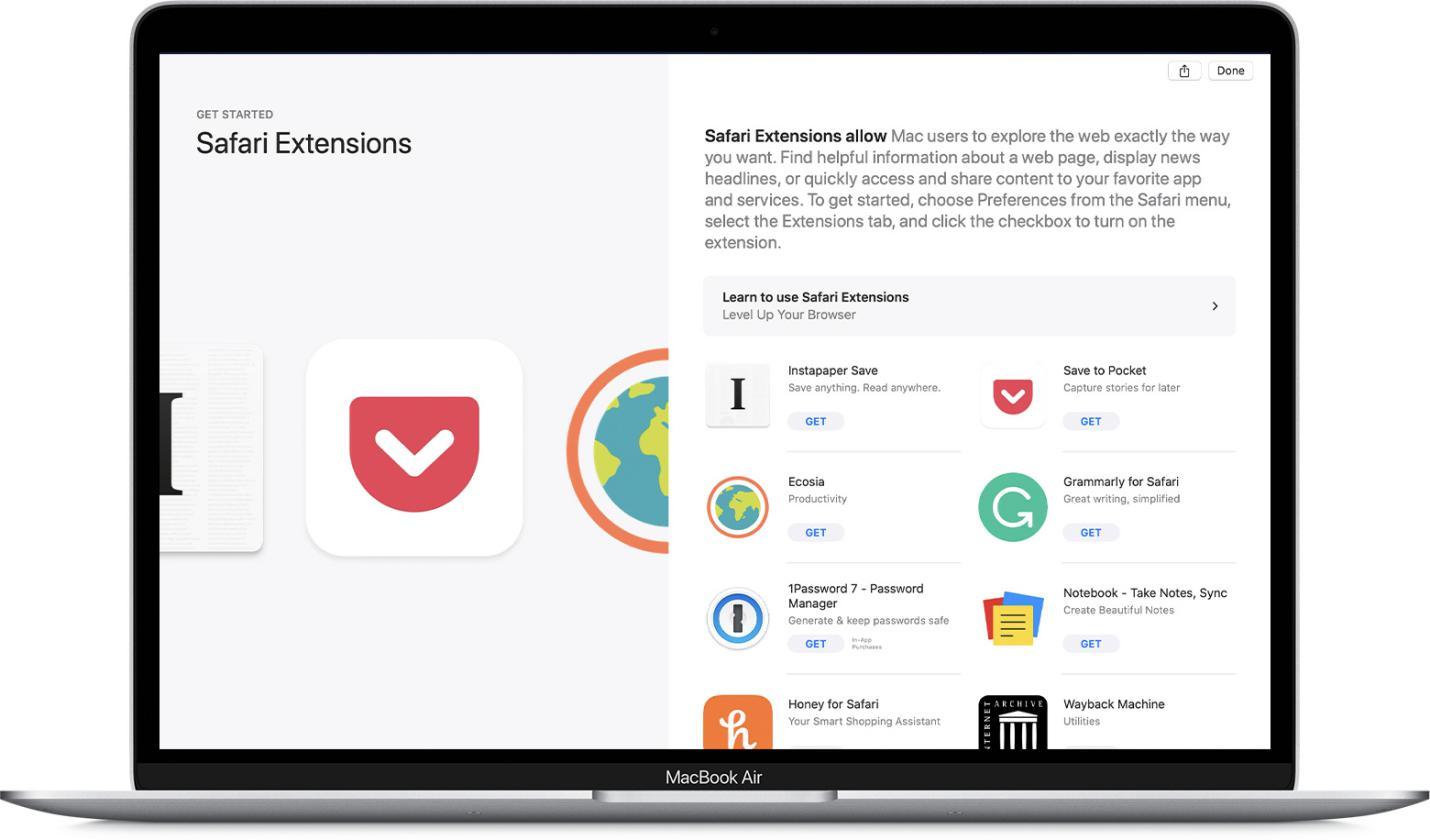

Common Reasons People Want to Disable 2FA With Solutions It’s important to understand that when 2FA is disabled, it becomes easier for a cybercriminal to use a phishing technique, password cracking technique or successfully guess your password to compromise your account.

When 2FA is disabled from an account, all that is needed to access the account is the username and password – further authentication is no longer required to successfully log in. Common authentication methods for 2FA and MFA include: Despite this difference, 2FA and MFA are often used interchangeably. It acts as a second layer of security since it further verifies the identity of the person the account belongs to.ĢFA differentiates from Multi-Factor Authentication (MFA) in that MFA requires two or more authentication methods, whereas 2FA refers to only using one additional authentication method. What is 2FA?ĢFA stands for two-factor authentication and is a second authentication method that is used after a username and password for an account is entered correctly. Keep on reading to learn why 2FA should be left enabled for your online accounts and why it should be added to your accounts if it isn’t already. You shouldn’t turn off your Two-Factor Authentication (2FA) because it removes the extra layer of security it adds to your account, making it easier for cybercriminals to compromise it.

Remote Infrastructure AccessInitiate secure remote access with RDP and common protocols.SSH Key ManagementManage and protect SSH keys and digital certificates across your tech stack.Privileged Session ManagementSecurely manage applications and services for users, teams and nodes.Credential Governance & ControlsAchieve visibility, control and security across the entire organization.Secrets Management for DevOpsProtect critical infrastructure, CI/CD pipelines and eliminate sprawl.Passwordless AuthenticationEnable passwordless authentication for fast, secure access to applications.Password SharingSecurely share passwords and sensitive information with users and teams.Single Sign-On SecuritySeamlessly and quickly strengthen SAML-compliant IdPs, AD and LDAP.Password ManagementProtect and manage your organisation's passwords, metadata and files.


 0 kommentar(er)
0 kommentar(er)
